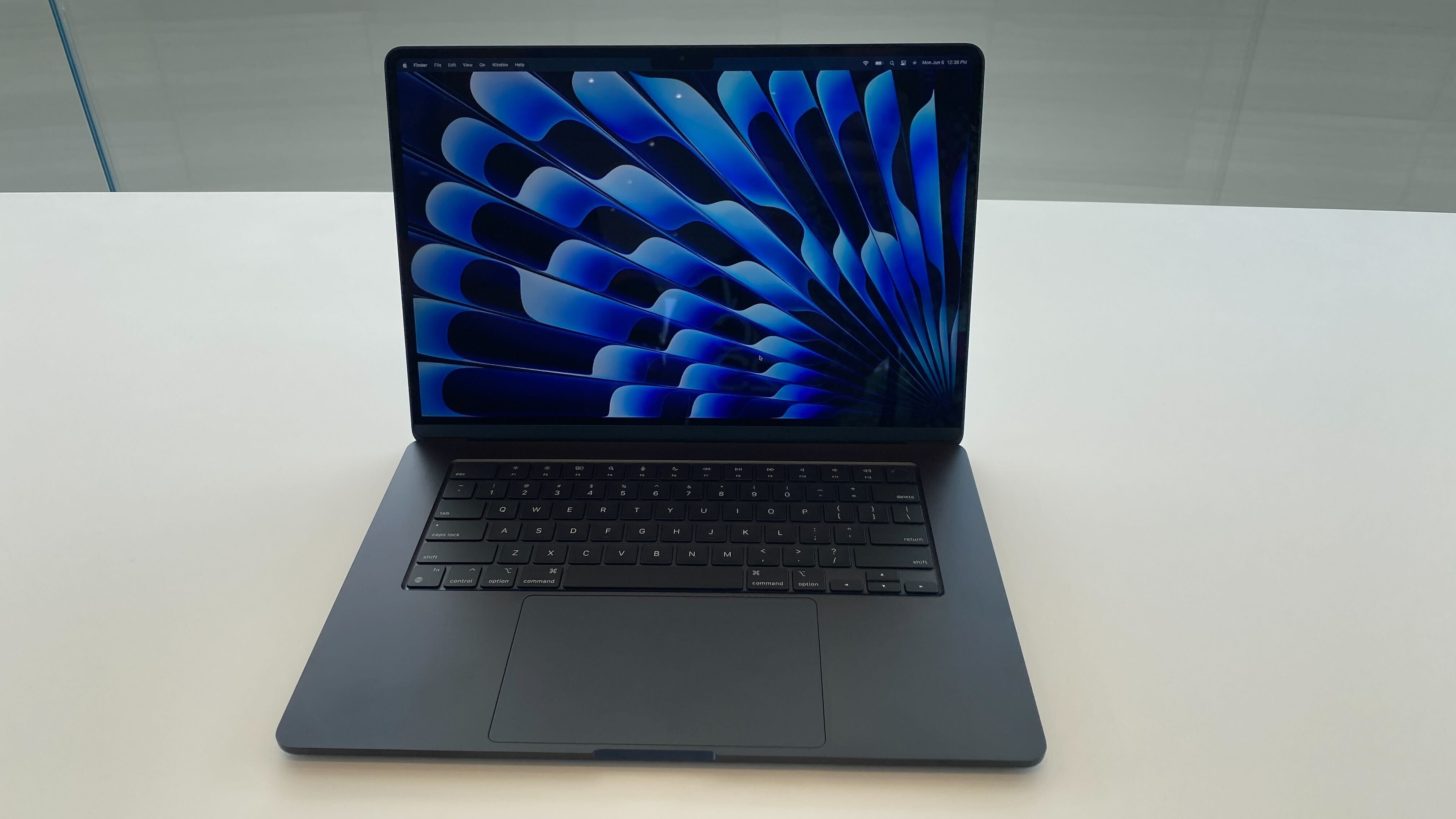
In 2020, as Apple introduced the M1 system on a chip, the company said it would switch away from Intel over two years. Here in 2023, it took a bit longer than Apple forecasted, but with the new Mac Pro with M2 Ultra, Apple has every single one of its computers on its own SoCs. I'm not sure I've ever seen the company this confident about the Mac.
The Mac Pro is an odd duck. Of Apple's computers, it's far from the most popular among consumers, but it's extremely important to creatives who need lots of power and are willing to spend the money for it. As the most powerful, flexible system in Apple's stack, it sets a tone for the rest of the line. Without Intel, it feels as if Apple can now act without restraint.
At WWDC in Cupertino, Apple has the Mac Pro out in its hands-on area with no cooler. That's right — Apple had a chip shot ready for anyone with a camera. M2 Ultra, its most powerful chip ever, was getting a bit of a flex. (Let us not forget, the more attainable Mac Studio also has M2 Ultra. There are two shapes in which to get Apple's most powerful processor).
The lineup is now as follows:
M1 Macs
- 13-inch MacBook Air (entry level)
- iMac (24-inch)
M2 Macs
- Mac Mini (M2, M2 Pro)
- 13-inch MacBook Air
- 15-inch MacBook Air
- 13-inch MacBook Pro
- 14-inch MacBook Pro (M2 Pro, M2 Max)
- 16-inch MacBook Pro (M2 Max)
- Mac Pro (M2 Max, M2 Ultra)

Intel Macs
- Nothing to see here!
When will Apple upgrade the M1 models? Whenever it damn well pleases. That's kind of the point. Apple now controls not just the system, but the chip. Apple may sell systems, but it builds chips to power them. The two are intertwined, whether it's a laptop or a desktop.
And that's before considering the other places the M-series chips have popped up, including the iPad Air with M1 and iPad Pro with M2. Apple's Vision Pro will be powered by an M2 chip in combination with its new R1.
But we're on the Mac. Apple could update any of these systems whenever it wants. It can also hold one on an older process node as long as it needs, whether because that's what it thinks its customers want, or because that's what the supply chain allows. It makes that decision for itself.

Everyone I spoke to at Apple seemed thrilled to be over the hump. But now, it has to truly beat Intel, AMD, Qualcomm and others at the game. And if those companies outdo Apple, it has no one else to point the finger at.
Apple is trying its best here. The company can claim that you can game on its machines. I've tried it. Resident Evil Village runs great. Stray and No Man's Sky are here. Hideo Kojima showed up in the WWDC livestream to announce that Death Stranding: Director's Cut is coming to Mac. Apple is doing some heavy lifting to get games on its platform.
And Apple is also interweaving the Mac with the iPhone and iPad more than ever before with macOS Sonoma. Sure, I had widgets when I had a Mac running Mac OS X Leopard, but sharing between these devices is an acknowledgment that the Mac is an integral part of workflows that also include iPhones. And that's a level of interoperability other ecosystems can't match, though I appreciate Intel and Microsoft trying to get iPhone support in, they can't match Apple on making your phone and PC workspaces that are tied together.
Heck, using the Mac is a showcase feature of the Vision Pro. Want the most power? Use your Mac on an AR/VR headset. Who said the traditional computer is going away?
And with the Mac Pro, we see Apple can still be flexible, allowing for PCIe Gen 4 cards for I/O, storage, audio and more, even if graphics are no longer supported.
WWDC, as a developer conference, pushed hard on the Macs for Pros, like the Studio and the Pro, the company's two most expensive and most powerful machines. But the 15-inch MacBook Air is a version of Apple's best-selling notebooks. In fact, it's an addition to the MacBook line, which has way more sizes and models than Apple has offered in recent memory.
Some Apple fans may be upset to see that the 24-inch iMac is still on M1, or that a 27-inch model never came back. I feel that. But that's also the type of decision that Apple has more power to make now, more than ever. Short of fabbing its own chips, Apple has all of the power of what goes into a system, and when. And that means it can design a system around any chip in its arsenal.
For many years, I wondered if the Mac was a second thought, sitting in line behind the iPhone and the iPad. From WWDC, it's extensively clear that's not the case. With Apple using its own silicon across platforms, with interoperability on the hardware and software level, the Mac feels like a key player at Apple again.







